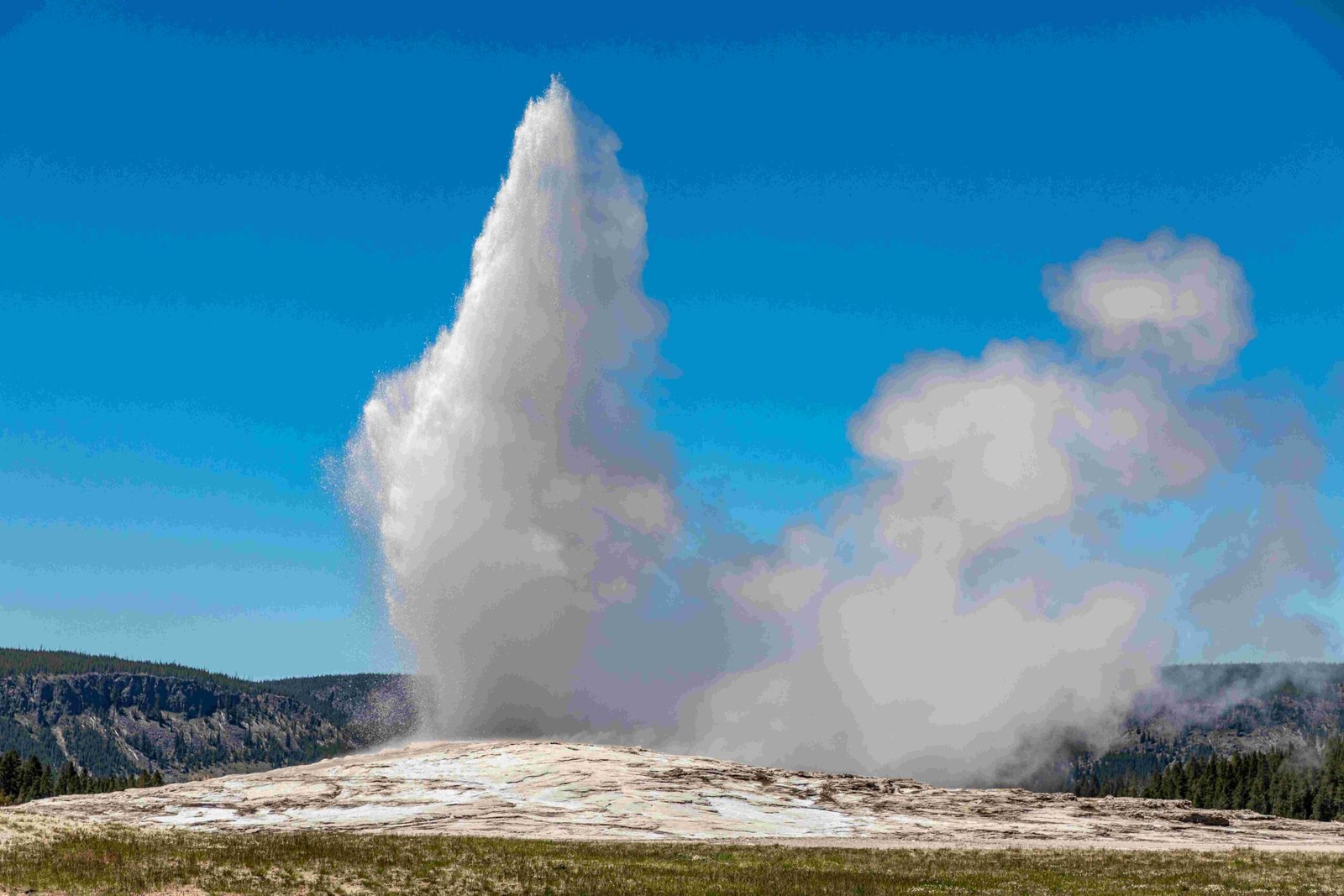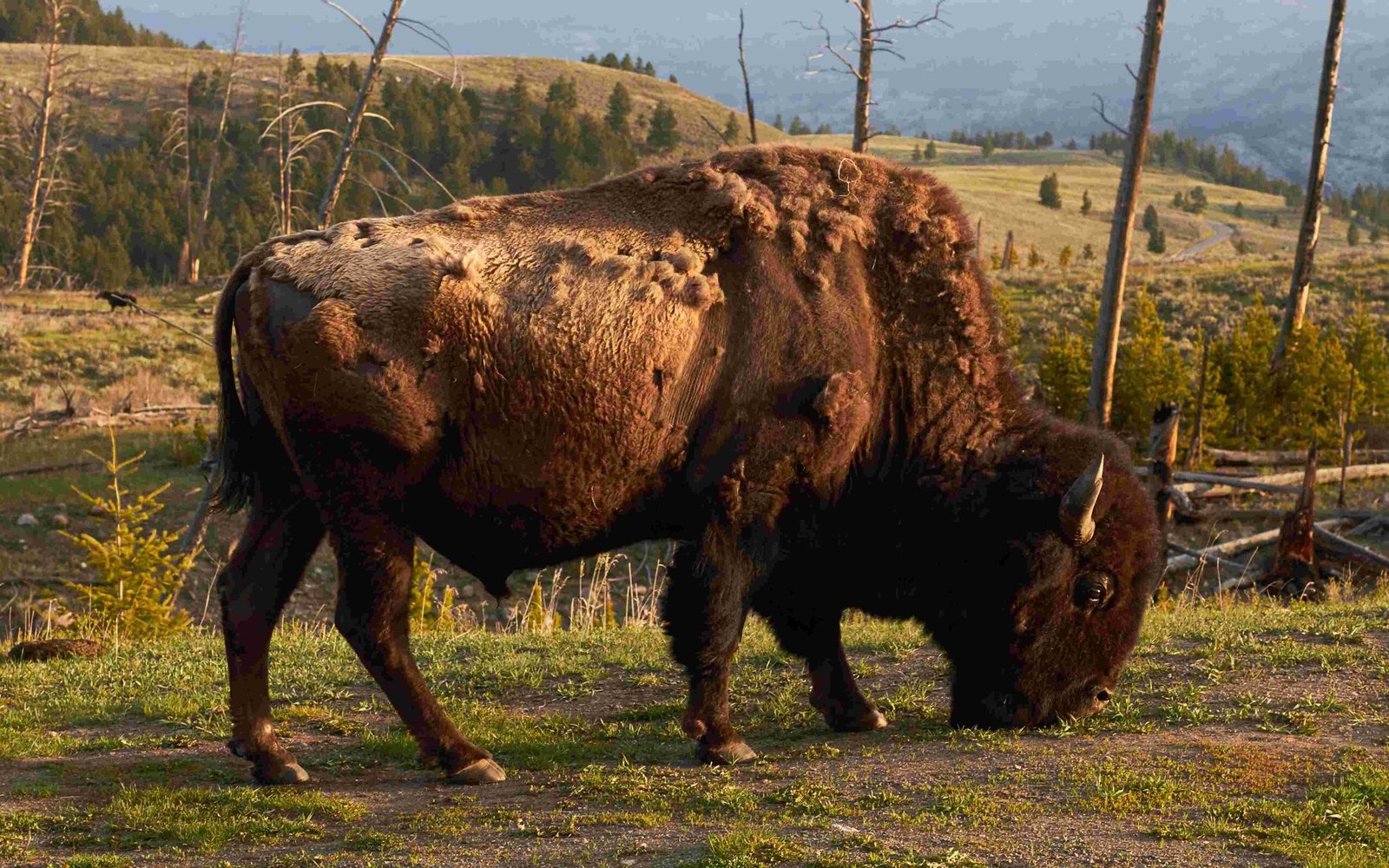Yellowstone National Park, known for its geothermal features and seismic activity, has a history of significant earthquakes. Recent geological studies and advanced monitoring systems have revealed a complex network of fault lines and ongoing seismic activity in the region. While the park currently shows normal background levels of seismic activity, the potential for future earthquakes remains a topic of concern for scientists, park officials, and visitors alike.
What is the Current Seismic Status of Yellowstone National Park?

The Yellowstone Volcano Observatory (YVO) continuously monitors seismic, ground deformation, and gas and thermal emissions in the park. As of now, these indicators remain at normal background levels. However, the region’s geological history and recent discoveries suggest that the potential for significant seismic events persists.
Recent data using lidar technology has unveiled a detailed network of fault scarps and active faults in the area, including:
- The Emigrant fault, stretching over 33 miles from Tom Miner Creek in Wyoming to Livingston, Montana
- Evidence of past earthquakes with magnitudes of 6.5 or greater along this fault
This information underscores the region’s seismic potential and the need for ongoing monitoring and preparedness.
What Major Earthquakes Have Occurred in Yellowstone’s History?

Yellowstone’s seismic history includes several significant events that have shaped the landscape and our understanding of the region’s geological activity:
- 1959 Hebgen Lake Earthquake
- Magnitude: 7.3
- Date: August 18, 1959
-
Impact: Caused significant ground deformation and resulted in a house falling into Hebgen Lake
-
Prehistoric Earthquakes
- Evidence from fault scarps indicates multiple major seismic events in the geologic past
- These events have moved the ground surface vertically, suggesting significant energy release
How Frequent Are Earthquakes in Yellowstone?
While major earthquakes are relatively rare, the Yellowstone area experiences frequent minor seismic activity. Here’s a breakdown of earthquake frequency in the region:
| Magnitude | Frequency |
|---|---|
| < 3.0 | Daily |
| 3.0 – 4.0 | Several per year |
| > 4.0 | Once every few years |
| > 5.0 | Once every few decades |
| > 7.0 | Once every few centuries |
It’s important to note that this frequency is an average, and earthquakes can occur at any time without following a strict pattern.
What Advanced Monitoring Systems Are in Place?
The Yellowstone Volcano Observatory employs a range of sophisticated tools to monitor seismic activity:
- Seismographs: Detect and measure ground vibrations
- GPS stations: Monitor ground deformation
- Gas and thermal emission sensors: Track changes in hydrothermal activity
- Lidar technology: Provides detailed surface mapping for fault and landslide characterization
These systems work together to provide a comprehensive picture of the park’s seismic and volcanic activity, allowing scientists to detect any unusual patterns that might indicate an increased risk of earthquakes or other geological events.
How Does Yellowstone’s Volcanic Activity Relate to Earthquake Risk?
Yellowstone’s status as a supervolcano adds complexity to its seismic risk profile:
- Magma Movement: Shifts in the underlying magma chamber can trigger earthquakes
- Hydrothermal Activity: Pressure changes in the park’s extensive hydrothermal system can lead to localized seismic events
- Fault Interactions: The interplay between volcanic and tectonic forces can influence earthquake patterns and intensity
While a major volcanic eruption is extremely unlikely in the near future, the ongoing volcanic processes contribute to the overall seismic activity in the region.
What Safety Measures Are in Place for Visitors?
Yellowstone National Park has implemented several measures to ensure visitor safety in the event of an earthquake:
- Emergency protocols and evacuation routes
- Regular staff training on earthquake response
- Visitor education programs on seismic safety
- Continuous monitoring and rapid response systems
Park officials advise visitors to:
- Stay informed about current conditions
- Follow all safety guidelines and instructions from park rangers
- Be prepared for sudden closures or evacuations in certain areas
Could Another Major Earthquake Hit Yellowstone in the Near Future?
While it’s impossible to predict earthquakes with certainty, the geological evidence and ongoing seismic activity suggest that another significant earthquake in the Yellowstone area is possible. Factors supporting this possibility include:
- The presence of active fault lines, such as the Emigrant fault
- Historical precedent, including the 1959 Hebgen Lake earthquake
- Ongoing minor seismic activity indicating continued geological stress
However, it’s important to note that:
- Major earthquakes are relatively rare events
- The park’s monitoring systems would likely detect any significant changes in seismic patterns
- Not all earthquakes in the region would necessarily be catastrophic or pose immediate danger to visitors
What Research is Being Conducted to Better Understand Yellowstone’s Seismic Risks?
Ongoing research efforts are enhancing our understanding of Yellowstone’s seismic potential:
-
East Gallatin-Reese Creek Fault System Study: A new investigation focusing on northwest Yellowstone National Park to provide more detailed information on seismic hazards in this area
-
Advanced Geological Surface Mapping: Utilizing lidar technology to improve characterization of faults and landslides, leading to more accurate hazard assessments
-
Continuous Data Analysis: YVO scientists constantly analyze data from monitoring systems to detect any changes that might indicate increased seismic risk
These research efforts aim to improve earthquake prediction capabilities and enhance safety measures for both park staff and visitors.
In conclusion, while the possibility of another significant earthquake in Yellowstone National Park exists, the area is under constant monitoring, and safety measures are in place. Visitors can enjoy the park’s unique geological features while staying informed about potential risks and following park guidelines.
References:
- CBS News: \”Geological hazards\” lurking below Yellowstone National Park, data shows
- National Park Service: Update on the July 23 Biscuit Basin hydrothermal explosion
- USGS: New study seeks to shed light on earthquake hazards in the Gallatin Range
- Yellowstone Volcano Observatory
- USGS: The 1959 Hebgen Lake Earthquake

